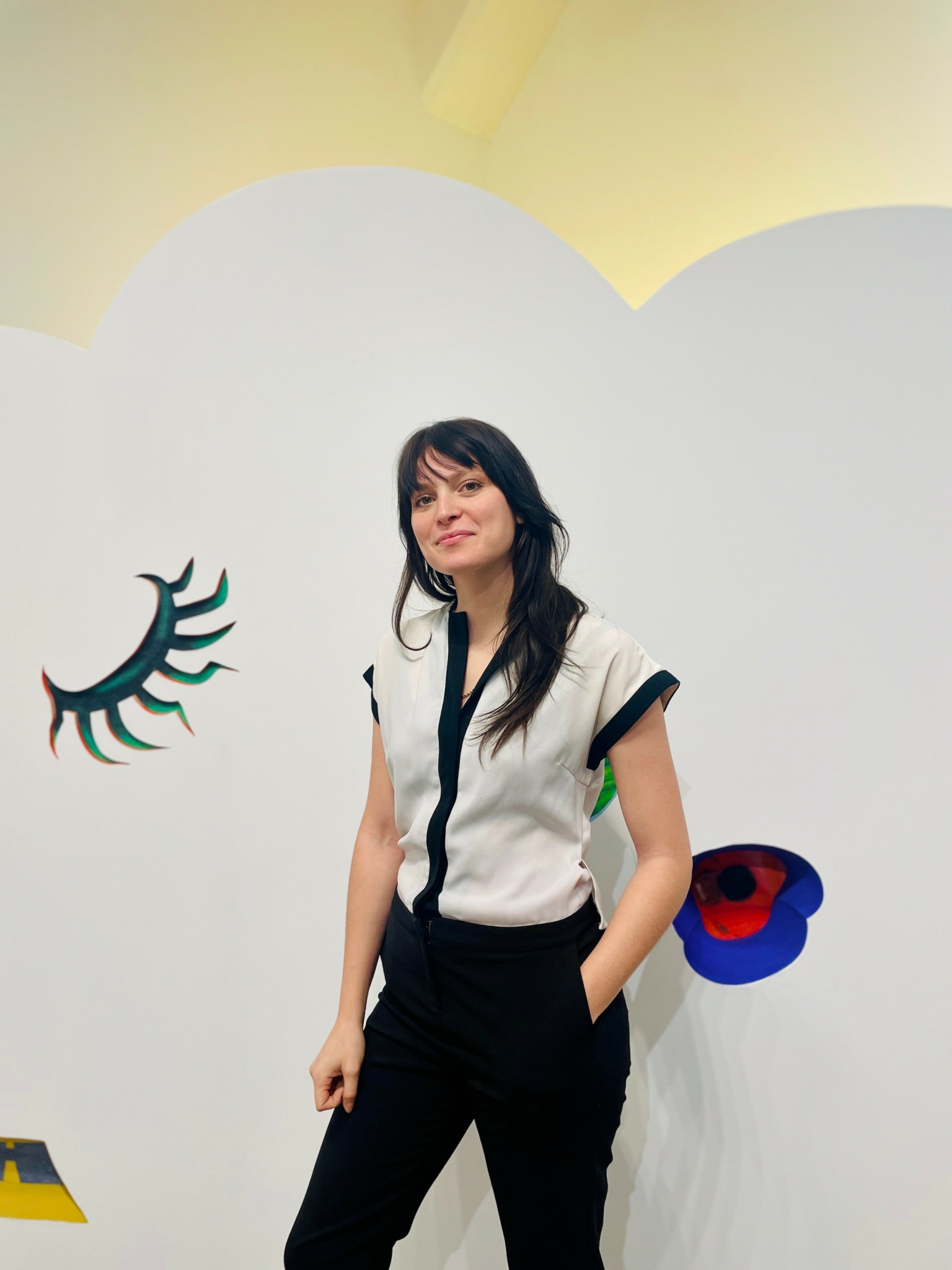We’re excited to introduce you to the always interesting and insightful Libby Rosa. We hope you’ll enjoy our conversation with Libby below.
Hi Libby, thanks for joining us today. Learning the craft is often a unique journey from every creative – we’d love to hear about your journey and if knowing what you know now, you would have done anything differently to speed up the learning process.
As a kid, I was always creating things—whether it was designing theatrical sets for my hamsters, making elaborate dress-up home videos with friends, drawing, or scrapbooking. I was immersed in the process of making. During my undergraduate studies at UW-Madison, I received more technical training in painting and some ceramics. The painters had access to a small “private” studio, which definitely influenced my choice of concentration. And I loved the immediacy of painting. As an MFA student at Cornell University, I continued painting while also exploring architecture and the spaces my work occupies.
After school, I continued to express my ideas through painting and two-dimensional surfaces. However, it wasn’t until I took on various jobs in the arts—such as working as a laboratory assistant to conservators in the Metropolitan Museum of Art’s Department of Textile Conservation—that I began to explore different materials more thoughtfully. I also worked as an assistant for several artists, with one of the most influential experiences being with Alex Da Corte, a well-known artist based in Philadelphia. Observing how he worked with various mediums and fabrication processes encouraged me to experiment with more materials in my work. Now, I try to express my ideas in the best form possible instead of always fitting them into the mediums I was trained in. While it can take longer to complete projects, especially if there is a learning curve with new materials, it is also rewarding to develop new skills.
I have always been an impatient person, driven less by frustration and more by curiosity. I want to learn and experience as much of the world as possible. So, I would have loved to have sped up some of my learning, but I don’t think I would have done anything differently. There’s immense pressure to succeed as a young artist, but as I’ve grown older and continued to prioritize my art-making, I’ve come to understand that good things happen in their own time. Patience is an essential skill in art-making. If my big break comes when I’m 85, when I’m gone, or perhaps never, I’m okay with that. Many people claim they continue creating art because they need to, but I believe it’s just as powerful to recognize that we have agency in our choices and in how we spend our time. Ultimately, I choose to continue living a life in art, and it’s wonderful to learn new processes and skills along the way.
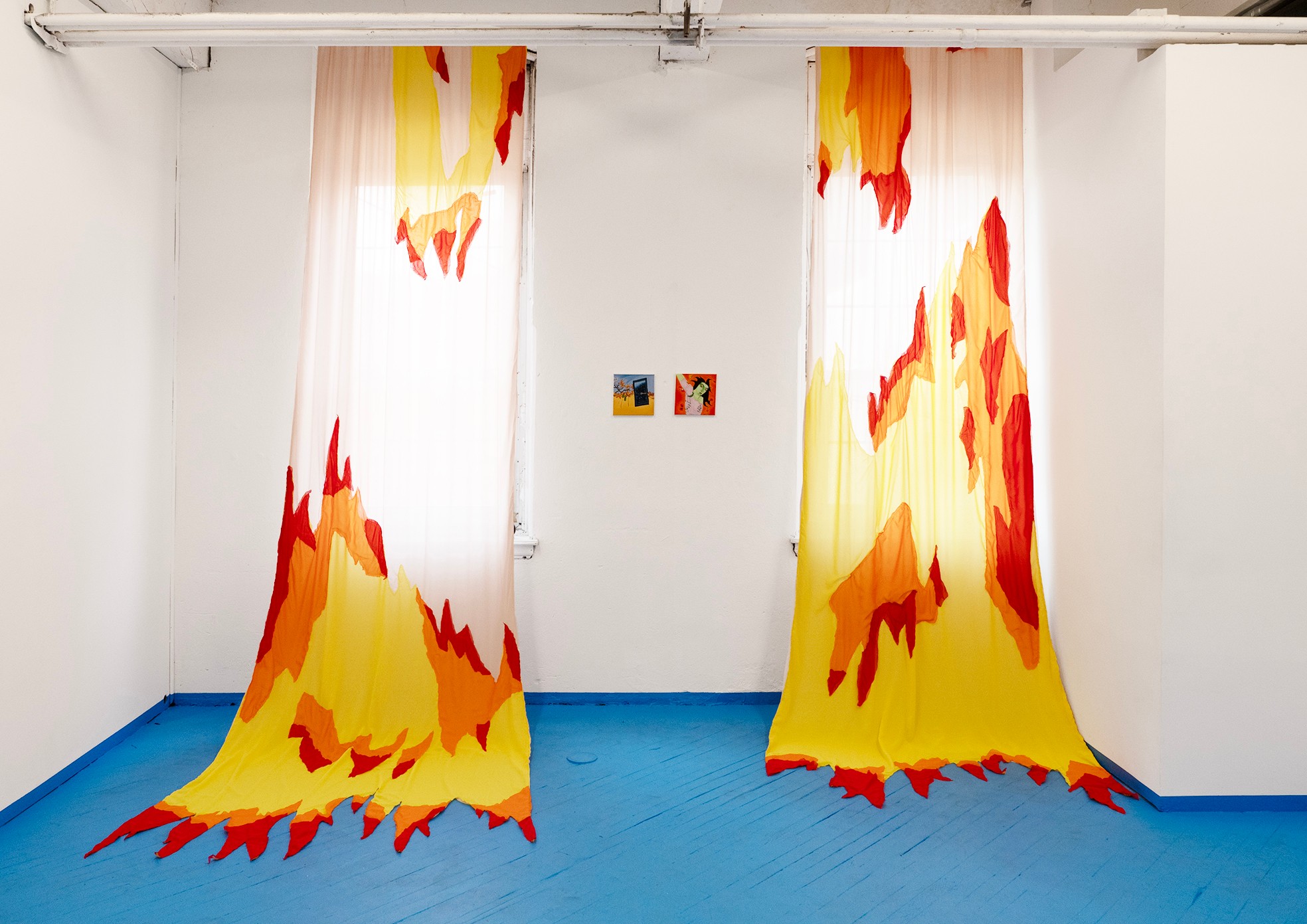
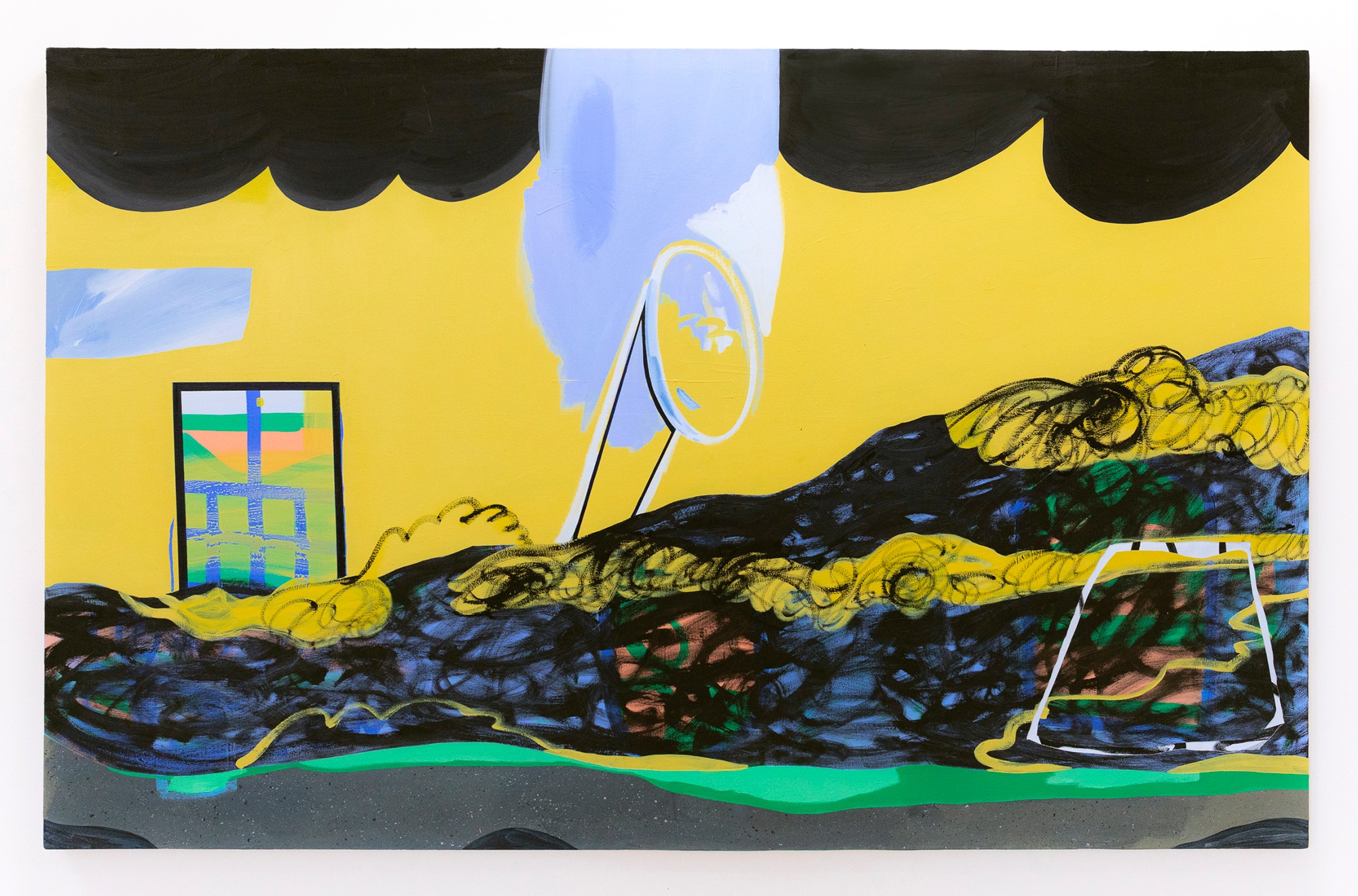
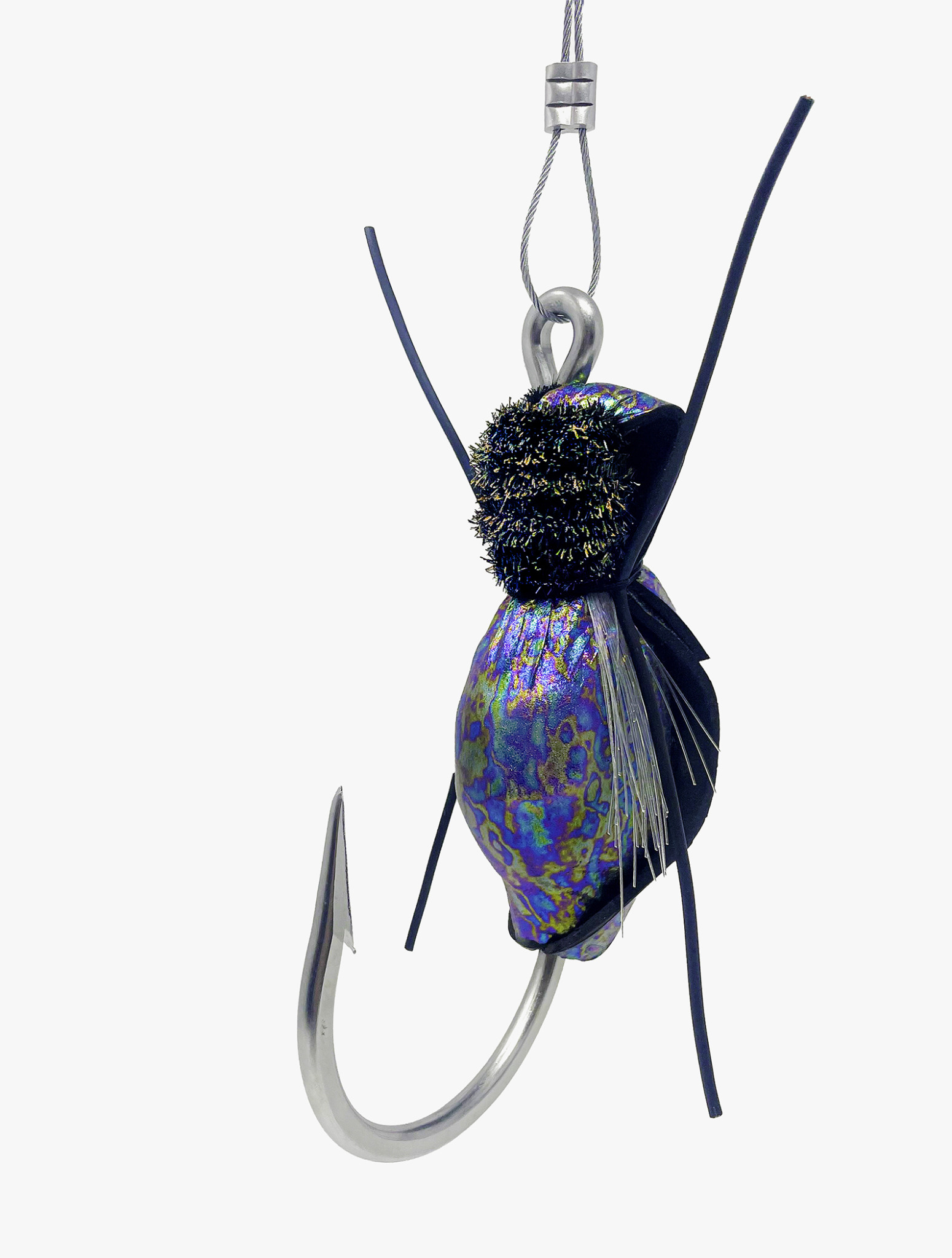
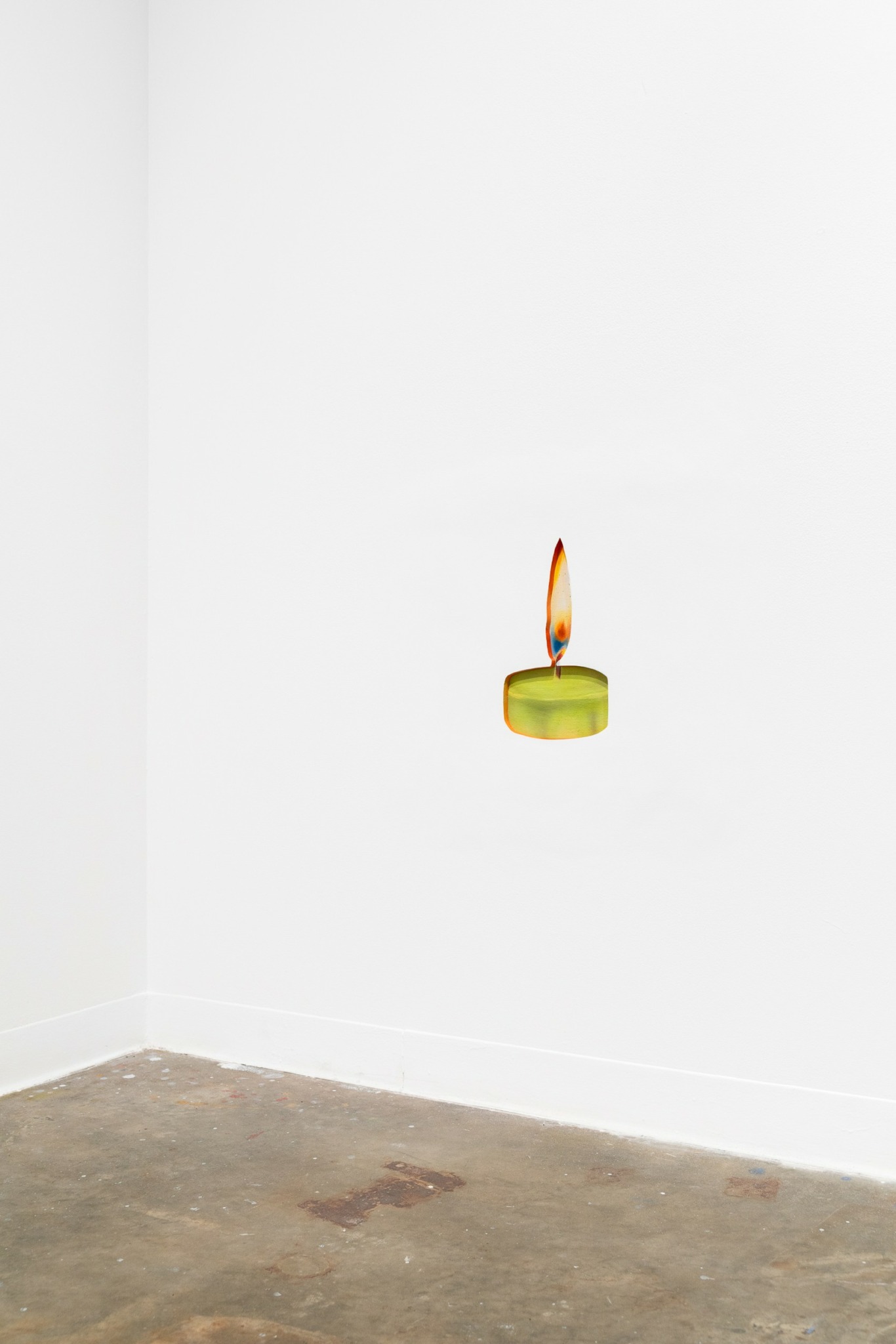

Great, appreciate you sharing that with us. Before we ask you to share more of your insights, can you take a moment to introduce yourself and how you got to where you are today to our readers.
As an artist based in Philadelphia, I make paintings, sculptures, and installations that explore themes of control and transformation. Navigating the relationship between the dream world and rationality, I delve into the tension between fear and beauty. By personifying objects and utilizing color theory, I invite viewers to reconsider their connections and agency in the world around them. Due to frequent moves throughout my life, I view borders and walls as mutable rather than fixed, often cutting shapes into my works and the spaces they inhabit, asserting my control and transforming the environment.
Various professional jobs have influenced my art throughout my arts career. As a young artist, I said yes to most opportunities, from helping friends with exhibitions to juggling multiple jobs to pay studio rent. While it’s been challenging, these experiences have enriched my art. Even my night shift unloading trucks at the Gap might have shaped my perspective on materials.
I currently teach Drawing, Painting, and Visual Thinking at Fordham University. I also serve as the curator/director for Peep Projects and assist with arts programming at the Delaware River Waterfront Corporation (DRWC) on a part-time basis.
I have always had a fear of missing out, which I think contributes to how busy I keep myself. While it might not be ideal for my health, I mentally feel fulfilled. I am excited about the prospect of eventually slowing down in my professional career (outside of my studio practice), although I don’t feel the need to stop engaging with my community beyond just my own work completely. I believe it’s important for me to step outside of my own thoughts sometimes and collaborate with other artists. Curating and teaching are such rewarding things to do; they flex another creative muscle for me. I see it as an honor to be stewards of others’ work. And it is an honor to teach young artists.
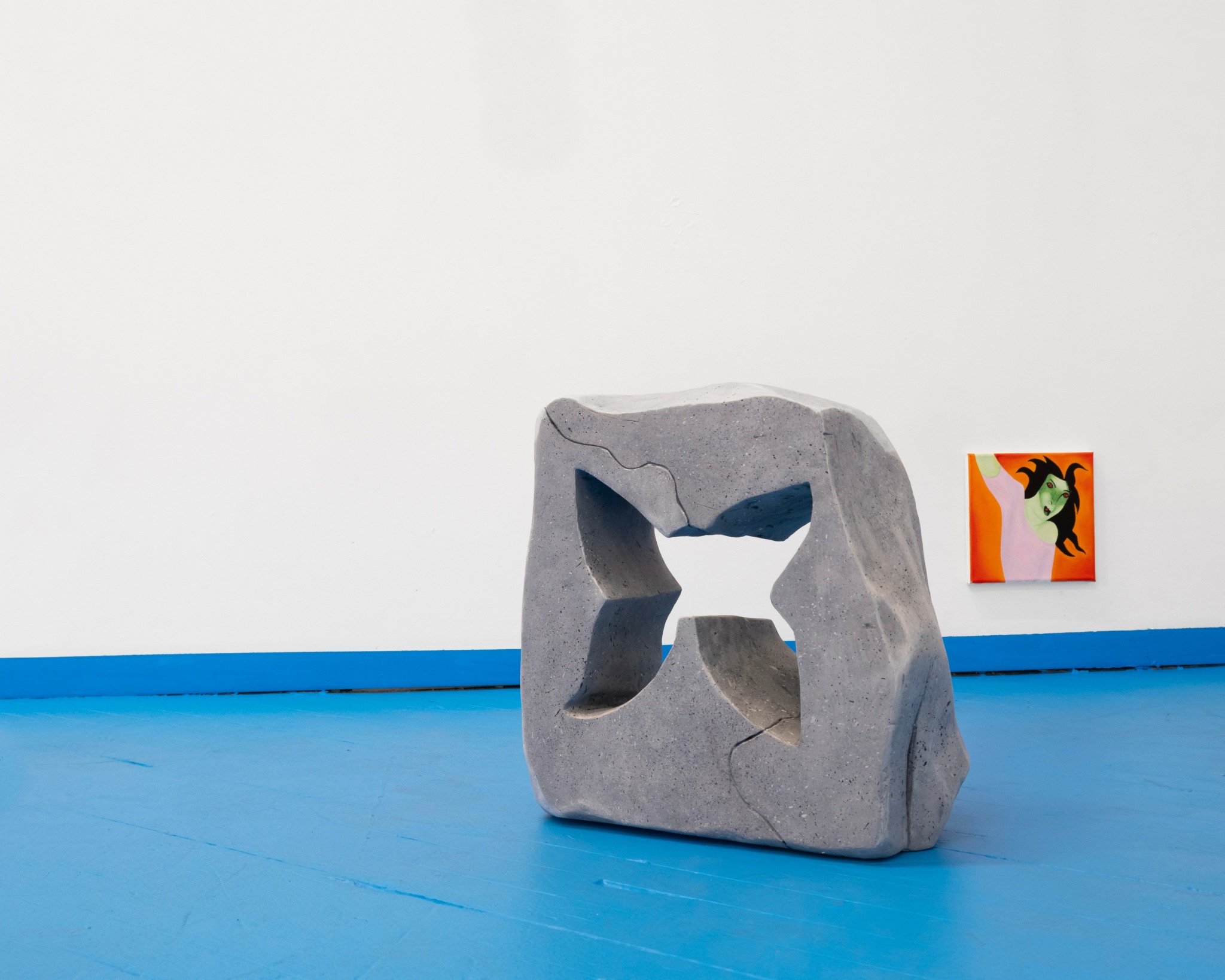

Have any books or other resources had a big impact on you?
I was a teaching assistant for Carl Ostendarp’s Intro to Painting courses at Cornell and learned a lot about the importance of color interactions. Carl and his wife Gail Fitzgerald are color masters. We had the students read “Chromophobia” by David Batchelor and I remember a discussion about fear of corruption through color. One part of the book analyzes how color was used in the Wizard of Oz – a contradiction to our world – Dorothy only sees color when she dreams. I think about the psychology and meaning we put onto color a lot and color relationships to other colors. You need a neutral to make a saturated color look more vibrant. A color cannot be a color in a void. I use purposeful and more efficient color choices now to achieve certain feelings in the work.
The book *Ninth Street Women* by Mary Gabriel chronicles the lives of Lee Krasner, Elaine de Kooning, Grace Hartigan, Joan Mitchell, and Helen Frankenthaler—women who broke into the male-dominated world of twentieth-century abstract painting. Set against a backdrop of social and political upheaval, these artists transformed the art scene and society, asserting their identities not just as muses but as influential creators. Whenever I feel tired and question whether I can truly engage in the art world in multiple ways, I think of these women. They succeeded and thrived despite many obstacles. Reading about their lives gave me a kick in the butt. If they could accomplish all that they did, I can get up in the morning and try too.
What can society do to ensure an environment that’s helpful to artists and creatives?
I believe that it would be beneficial if everyone made an effort (even just here and there) to create opportunities and collaborate with their friends and those whose work they admire. Many of my favorite artists have been culture creators and connectors. We should strive to avoid working in isolation.


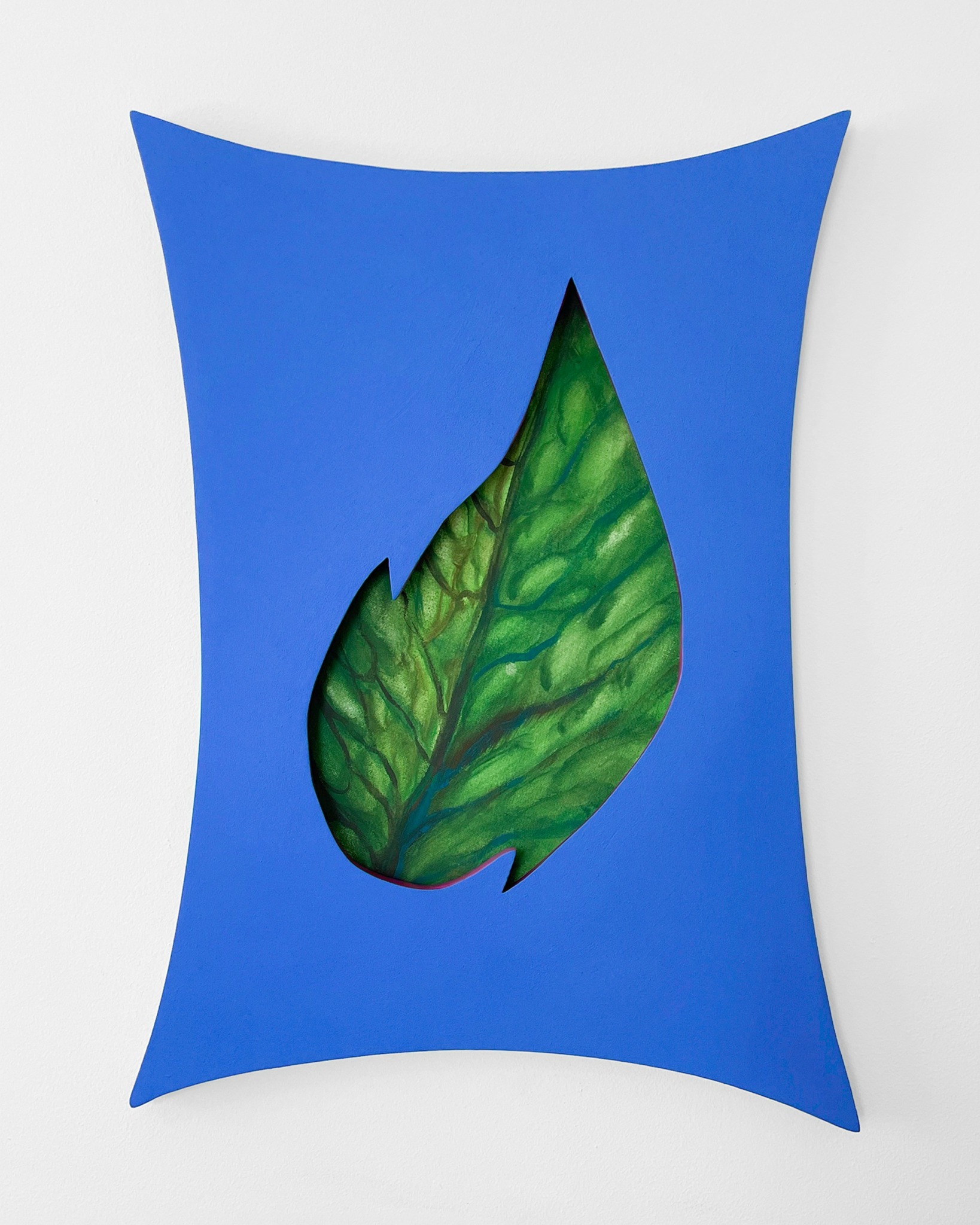

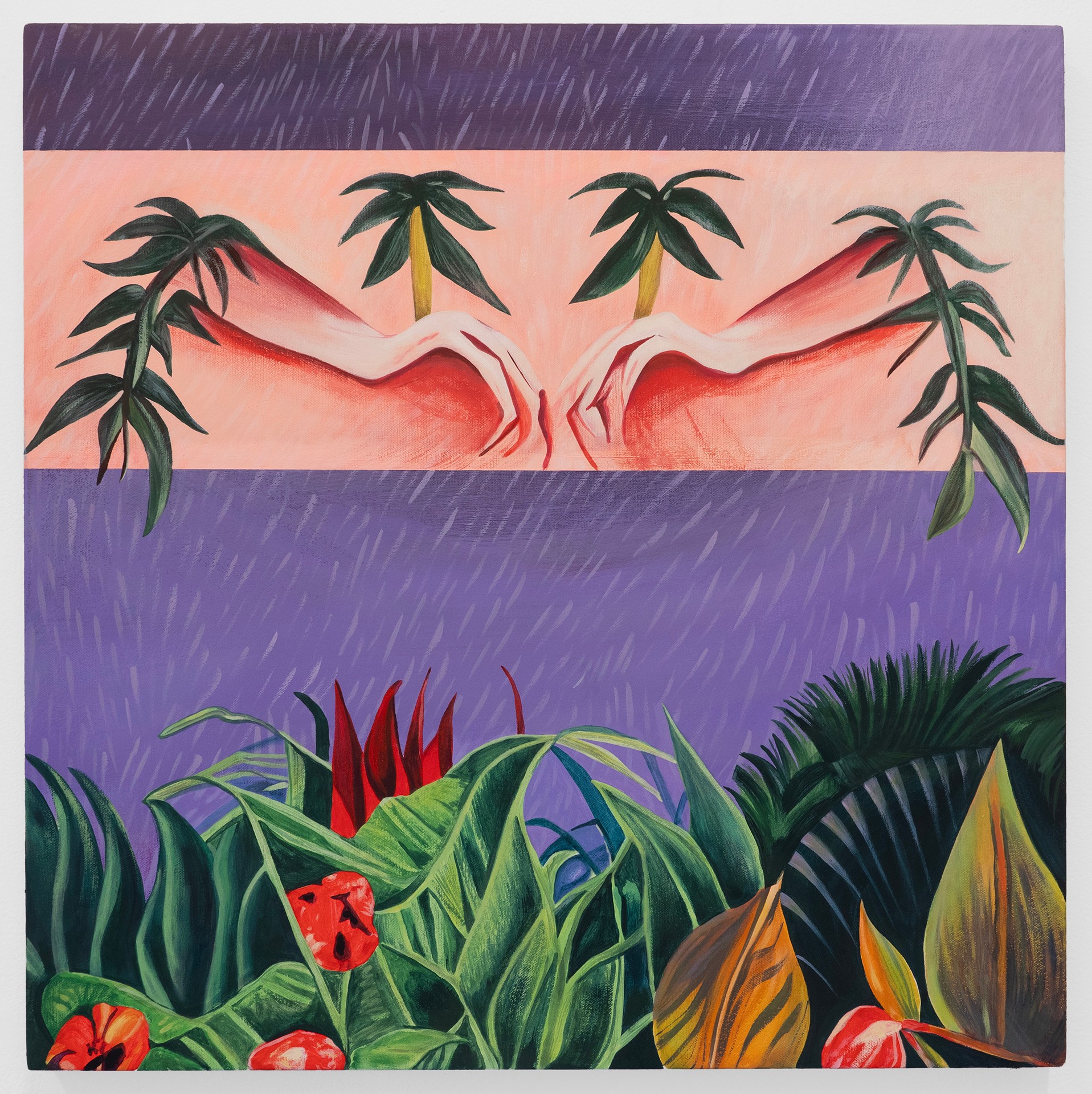
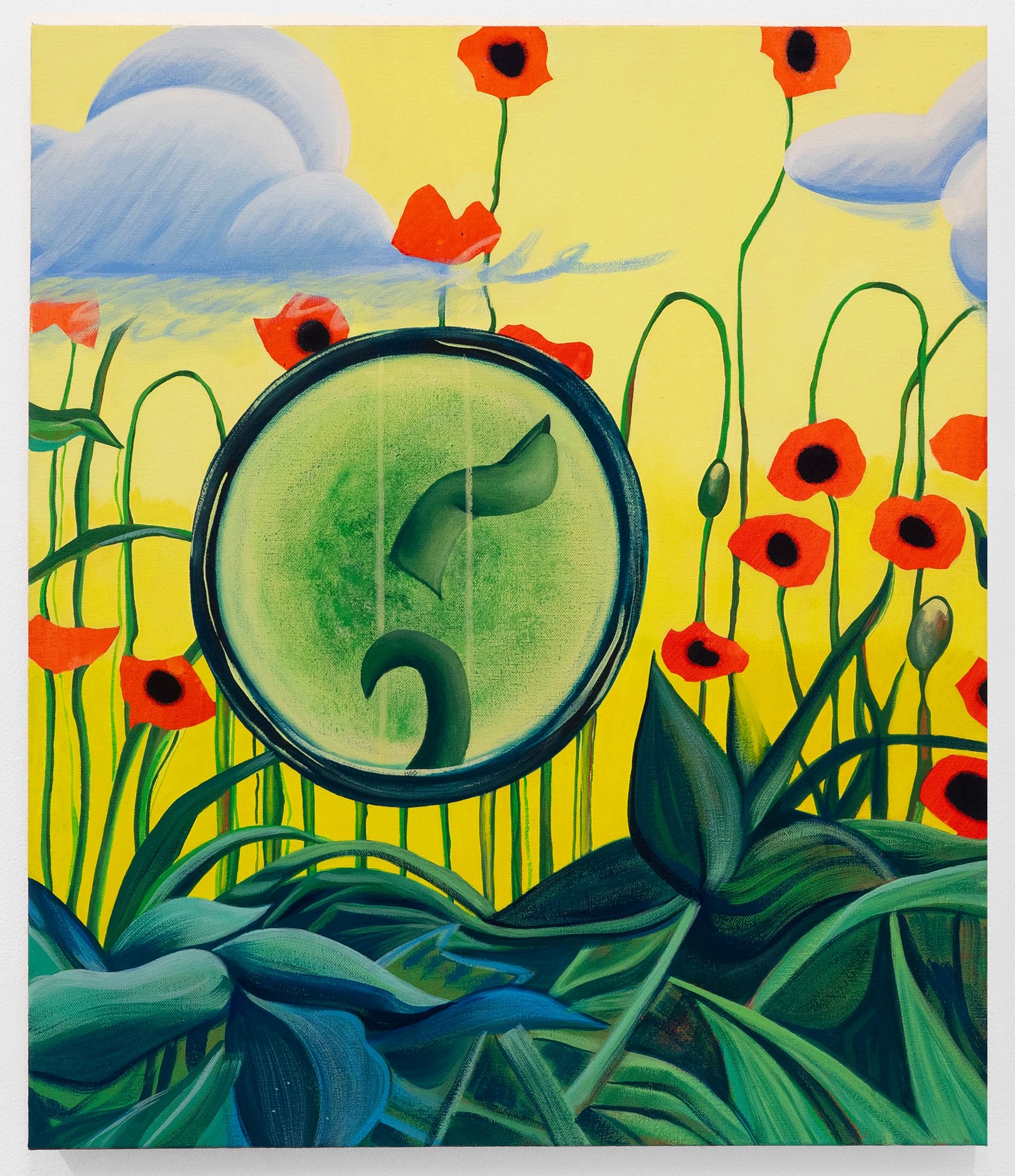
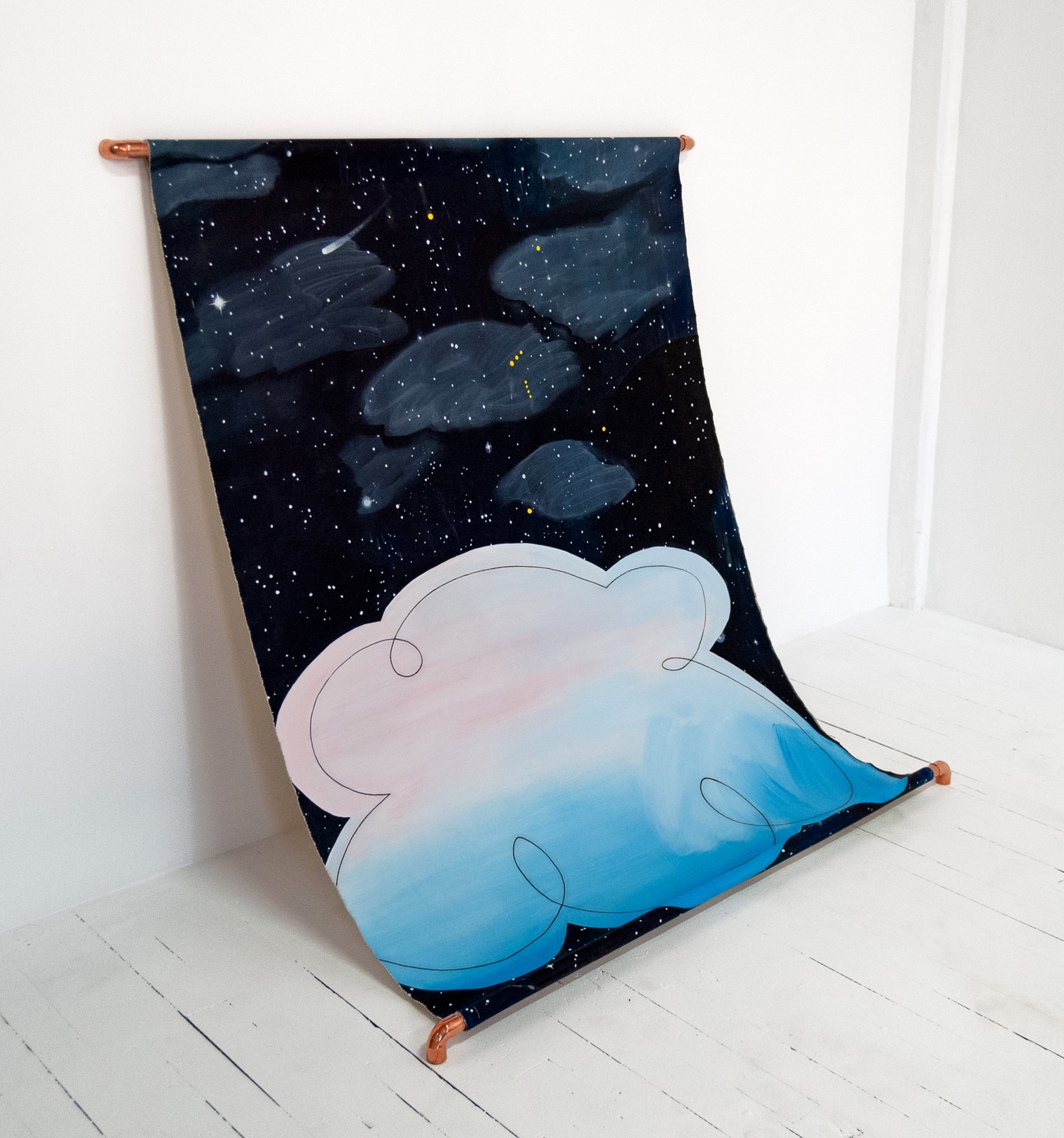
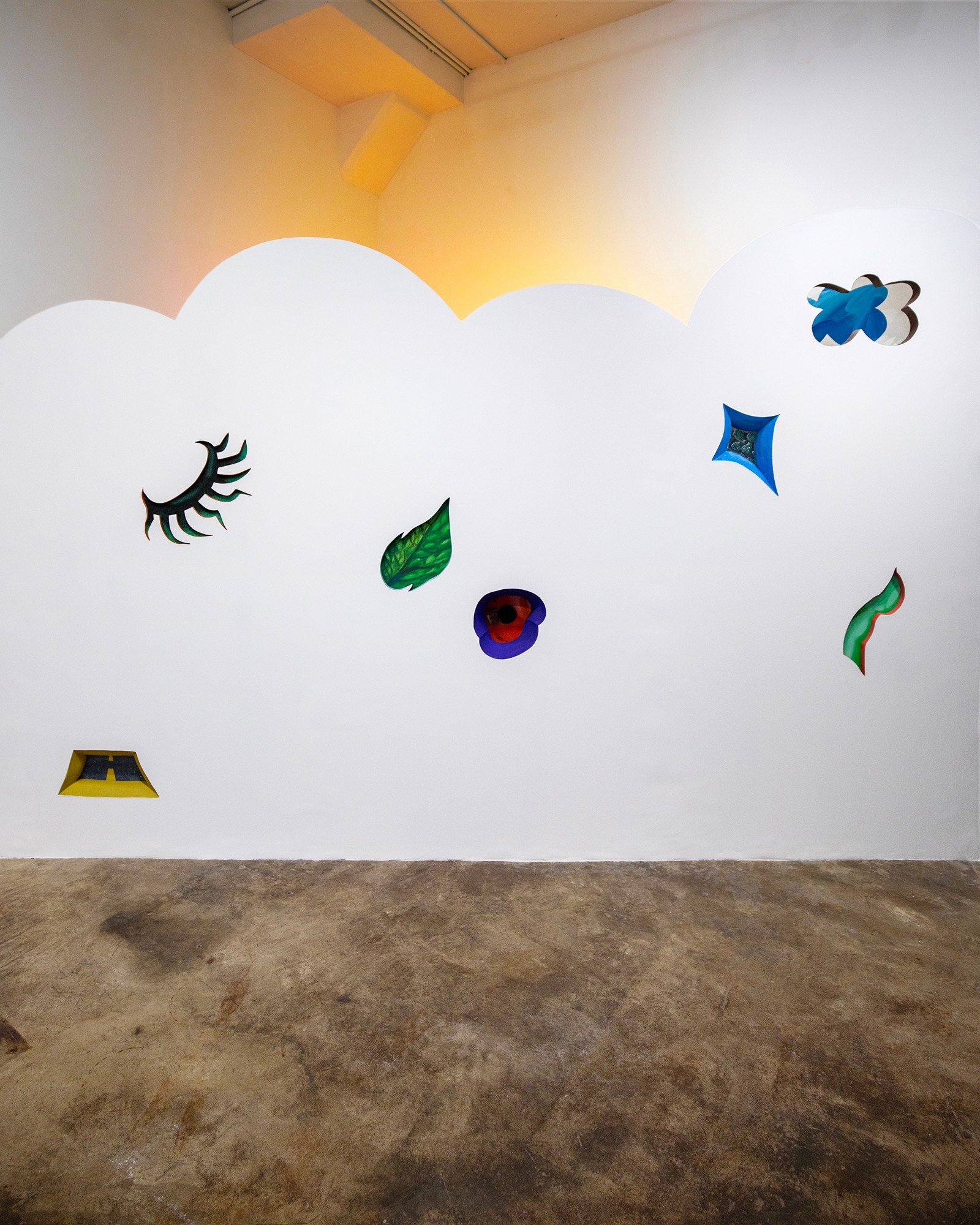
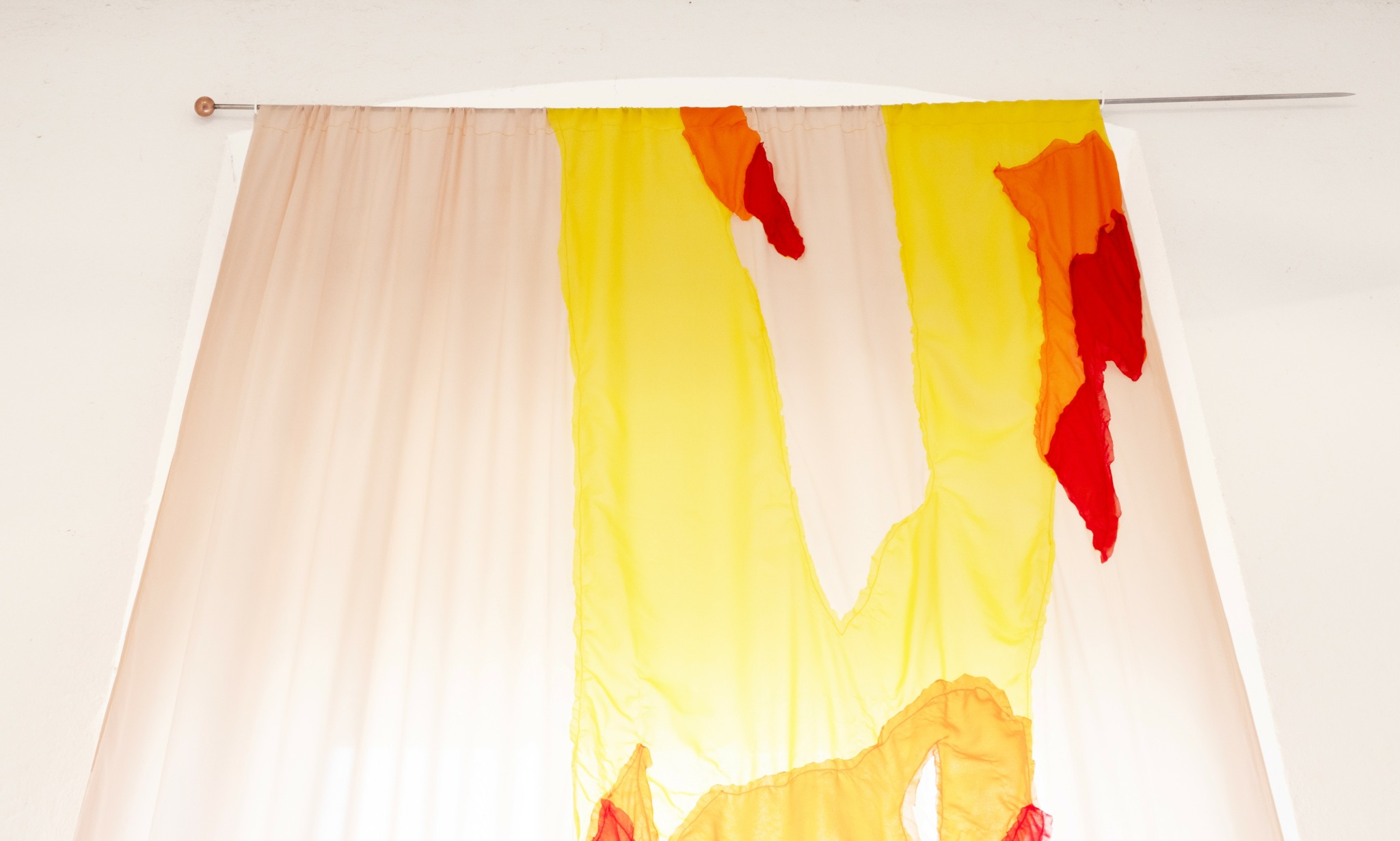
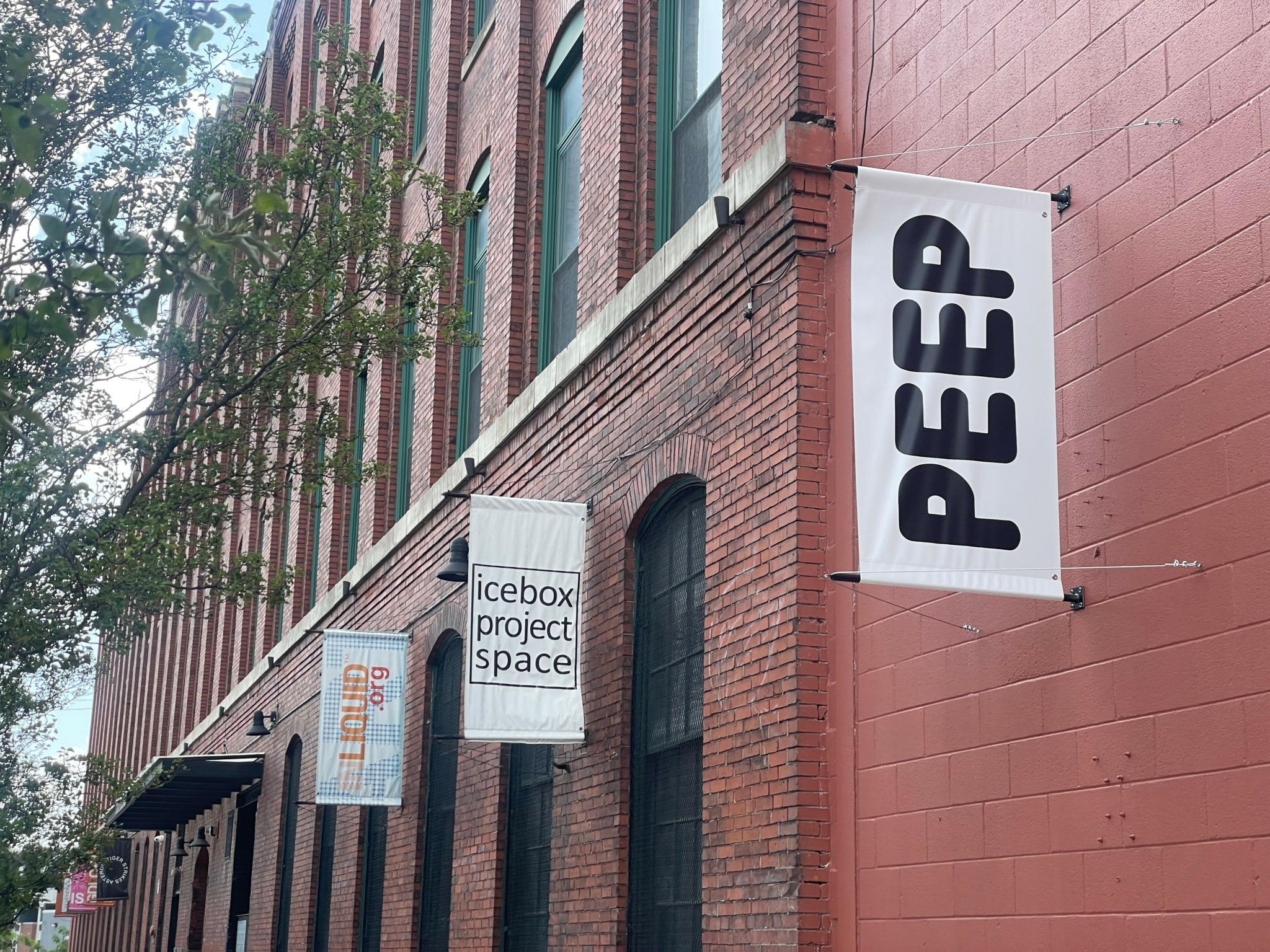
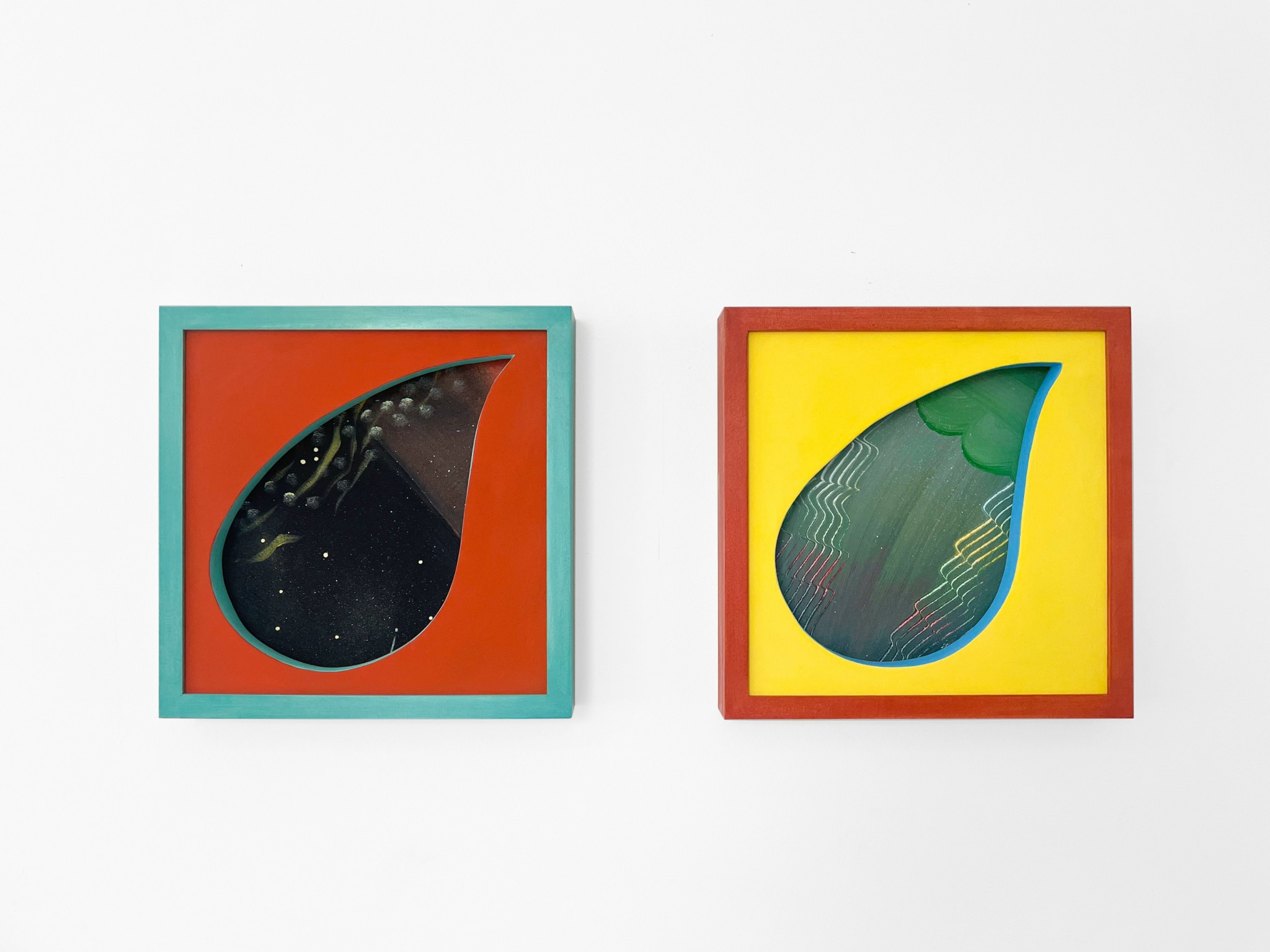
Contact Info:
- Website: libbyrosa.com
- Instagram: @libbyrosa
- Linkedin: www.linkedin.com/in/libbyrosa
- Other: peepprojects.org @peepprojects
Image Credits
—–


